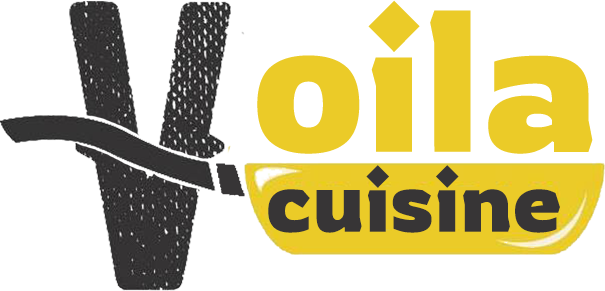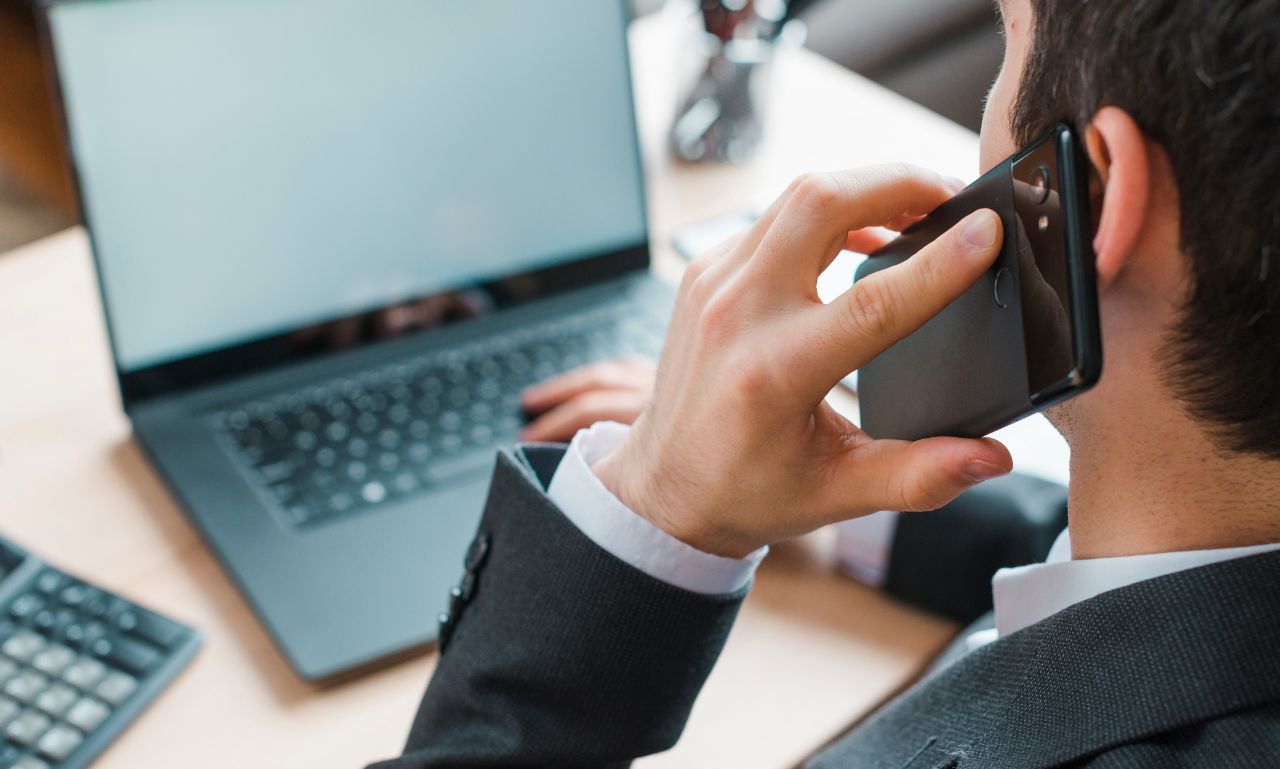The number 210-200-8992 has caught the attention of many individuals who’ve received calls from it or seen it listed online. In today’s world, where phone-based scams and telemarketing are common, any unknown number can raise questions. Who is behind 210-200-8992? Is it a legitimate business, a telemarketer, or a possible spam caller?
This article explores what 210-200-899-2 might represent, why it appears on call logs, and most importantly, how to handle it safely.
What is 210-200-8992?
At first glance, 210-200-8992 is simply a ten-digit number, formatted with an area code (210) that originates from San Antonio, Texas. While the number could belong to a business, a call center, or even an individual, its widespread online searches suggest that multiple people are trying to identify it.
Numbers like 210-200-899-2 often fall into one of the following categories:
-
Business Contact Line: Companies sometimes use regional numbers for customer service.
-
Telemarketing: Call centers use such numbers to promote products or services.
-
Scam Attempts: Fraudsters spoof numbers to appear local and trustworthy.
-
Personal or Miscellaneous: In rare cases, it could belong to an individual or small business.
Why Do People Search for 210-200-899-2?
The rise in searches for 210-200-899-2 is often linked to common user concerns:
-
Unknown Caller Anxiety: People want to know who tried to contact them.
-
Suspicion of Spam: With spam calls increasing, many check the legitimacy online.
-
Safety Concerns: Individuals verify numbers before calling back to avoid fraud.
-
Missed Calls Curiosity: Missed calls without voicemail spark research.
These motivations explain why numbers like 210-200-8992 trend in online lookups.
Is 210-200-899-2 Safe?
Determining the safety of 210-200-8992 depends on its source. Reports from other users or caller ID apps can provide insight. If multiple people flag the number as telemarketing or scam-related, it is safer to avoid engaging. On the other hand, if tied to a recognized business, it could be harmless.
General rule: always verify before sharing personal details.
Identifying 210-200-899-2 Online
Several methods exist to check whether 210-200-8992 is legitimate:
-
Reverse Phone Lookup Tools: Online platforms can identify caller ownership.
-
Community Reports: Forums and call-reporting websites allow users to share experiences with specific numbers.
-
Caller ID Apps: Applications like TrueCaller can flag numbers as spam or verified.
-
Company Verification: If a caller claims to represent a business, confirm through official channels.
Common Risks Linked to Numbers Like 210-200-8992
Unknown calls can sometimes carry risks. When dealing with numbers such as 210-200-899-2, be aware of:
-
Phishing Attempts: Fraudsters may request personal details.
-
Financial Scams: Some callers trick users into revealing banking information.
-
Robocalls: Automated marketing messages waste time and create annoyance.
-
Spoofing: Even if 210-200-899-2 appears on the caller ID, it may not be the true source.
Recognizing these risks empowers users to stay safe.
How to Handle Calls from 210-200-899-2
When receiving a call from 210-200-8992, consider the following steps:
-
Do Not Share Personal Info: Avoid giving sensitive details over the phone.
-
Let Unknown Calls Go to Voicemail: Genuine callers usually leave messages.
-
Use Call Blocking: Block numbers that repeatedly contact you without reason.
-
Research Before Responding: Check whether 210-200-899-2 is linked to known scams.
-
Report Suspicious Activity: Share reports with caller ID apps or local consumer protection agencies.
210-200-899-2 and the Rise of Spam Calls
The attention on 210-200-899-2 reflects a larger global trend: the explosion of unwanted calls. With millions of robocalls placed daily, individuals are right to be cautious. In the U.S., area codes like 210 are often targeted for local spoofing, where scammers trick people by appearing as nearby callers.
Understanding this pattern explains why numbers such as 210-200-899-2 generate widespread curiosity.
Tools to Protect Against Numbers Like 210-200-899-2
Thankfully, modern tools help users safeguard themselves:
-
Caller ID Apps: Flag suspicious numbers in real time.
-
Carrier Blocking Services: Many mobile carriers offer built-in spam detection.
-
Do Not Call Registry: Registering your number helps reduce telemarketing.
-
Phone Settings: Smartphones allow custom blocking of repeated callers.
By using these tools, users minimize risks associated with 210-200-899-2 and similar calls.
Benefits of Researching 210-200-899-2
While researching unknown numbers may seem tedious, it has real advantages:
-
Peace of Mind: Knowing whether a number is safe reduces stress.
-
Fraud Prevention: Spotting scam numbers early prevents potential harm.
-
Community Support: Sharing experiences helps others facing similar calls.
-
Smarter Decisions: Research allows you to decide whether to block, answer, or ignore.
Challenges in Identifying 210-200-899-2
The main challenge with numbers like 210-200-899-2 is ambiguity. Spoofed numbers make it difficult to confirm the real source. Without official listings, individuals rely on community reporting, which may be inconsistent.
This uncertainty highlights why caution is essential when engaging with unknown calls.
Future of Caller Verification and 210-200-899-2
Looking ahead, new technologies like STIR/SHAKEN protocols aim to reduce spoofed calls. This means that numbers like 210-200-899-2 may soon be easier to identify as legitimate or fraudulent. Until then, awareness and personal safety steps remain key.
Conclusion
The number 210-200-899-2 serves as an example of how digital communication has changed. Unknown numbers now carry a mix of curiosity and caution. Whether it’s a business line, telemarketing, or a spoofed scam, the safest approach is to research before engaging.
By understanding what 210-200-899-2 could represent, using caller ID tools, and practicing safe habits, individuals protect themselves from risks while staying informed.

